
Pruning and Propagating Gooseberries: A Guide
Like all berries, gooseberries also need pruning for a rich harvest. You can find out how to do this and when to prune gooseberries in this article. We also explain how you can propagate gooseberries.
This Article Contains:
- Pruning Berry Bushes: Good Reasons for Pruning
- When to Cut Gooseberries Bushes?
- When to Prune Gooseberries?
- Pruning Shrubs in the Fall?
- Summer Pruning of Gosseberries
- Pruning Gooseberries: From Gooseberry Tree to Shrub
- Gooseberry Propagation by Gooseberry Cuttings & Offshoots
- Pruning Fruit Bushes & Avoiding Diseases on Gooseberries
- Frequently Asked Questions About Cutting Gooseberries
Quick Overview
Pruning a Gooseberry Bush: How to Do It
In general, gooseberries are pruned according to the same pattern every year:
- Remove shoots that are too close to the ground or that are 4 years old or older.
- Leave 3 - 8 one to three-year-old side shoots ,as they will bear the most fruit the following year.
- 3 - 8 new and well-formed shoots from the previous year should also be left, as they will provide your harvest in the coming years and replace the older shoots.
You Should Bear This in Mind When Pruning:
- In general, shorten shoots by about a third. Weak shoots by half.
- If no new shoots have grown back, you should cut back 1 - 3 older shoots to approx. 5 cm/2 in so that a few eyes or buds remain.
- Make sure that the blade of your shears is sharp and clean. Clean and smooth cuts heal faster and offer less risk of disease.
Pruning Berry Bushes: Good Reasons for Pruning
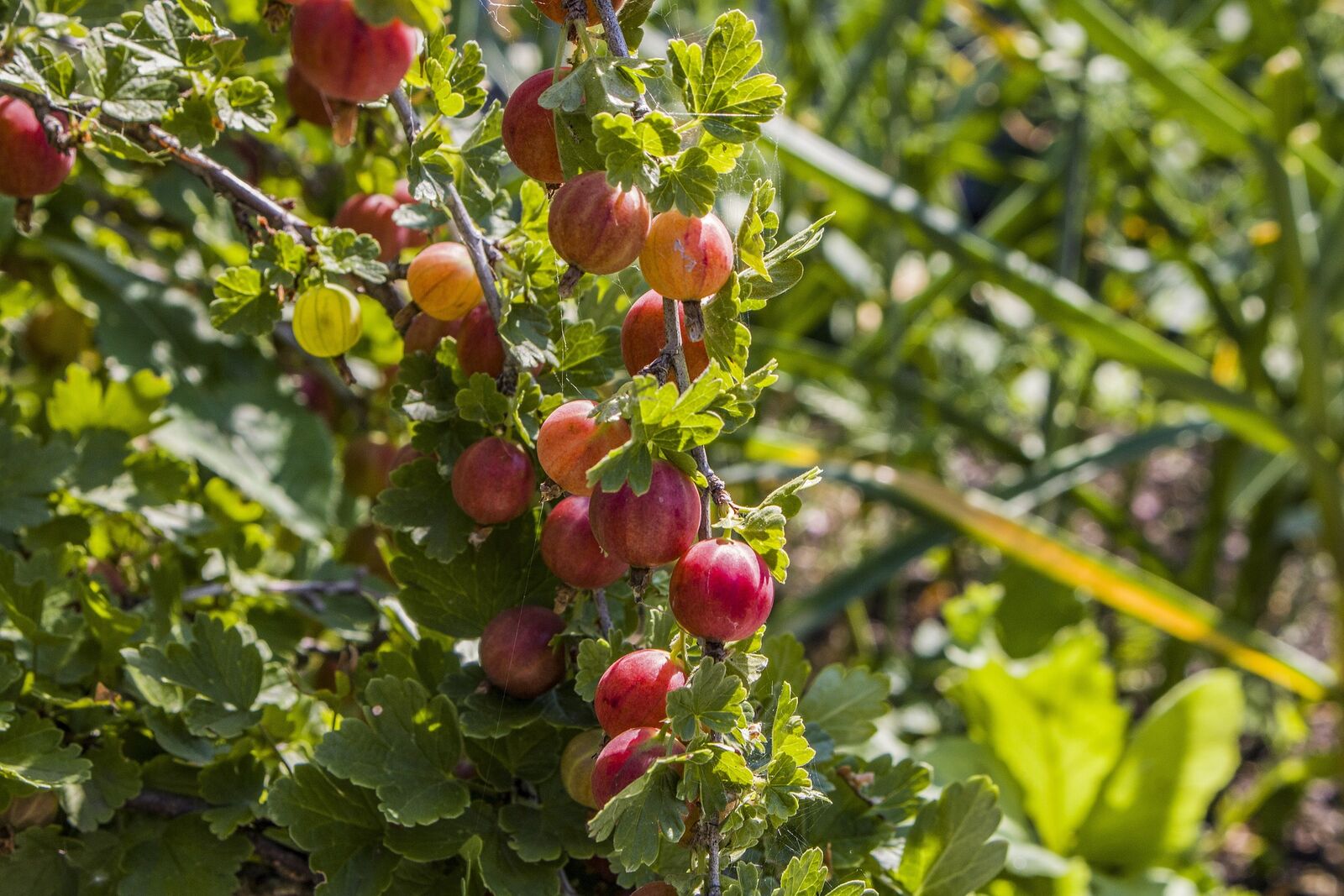
To ensure that berry bushes continuously produce a good harvest and remain healthy, you should prune them regularly and thus rejuvenate them. This is because they usually produce the most aromatic berries on the one to three-year-old shoots. You can also prevent mold growth on the berries by cutting off branches that are lying flat. By thinning out with a cut, you also ensure sufficient light and air circulation, which helps to keep diseases at bay. You can find out more about pruning other types of berries in our articles Pruning Currants and Pruning Raspberries.
When to Cut Gooseberries Bushes?
Depending on how old your gooseberries are, there are different times for pruning. If you planted your young gooseberry bush in the fall, you can carry out the first pruning in February of the following year. You can find out how to grow the berries in your garden in our article Planting Gooseberries: Location, Care & Good Companion Plants.
When to Prune Gooseberries?
You can prune gooseberries after the harvest in summer/autumn or in late winter. However, prune your bushes before new shoots and buds appear, otherwise your harvest will suffer. Pruning should therefore be done by the end of February at the latest. You should also only prune your gooseberry bushes on dry days, otherwise fungal diseases will take hold on your gooseberries more quickly.
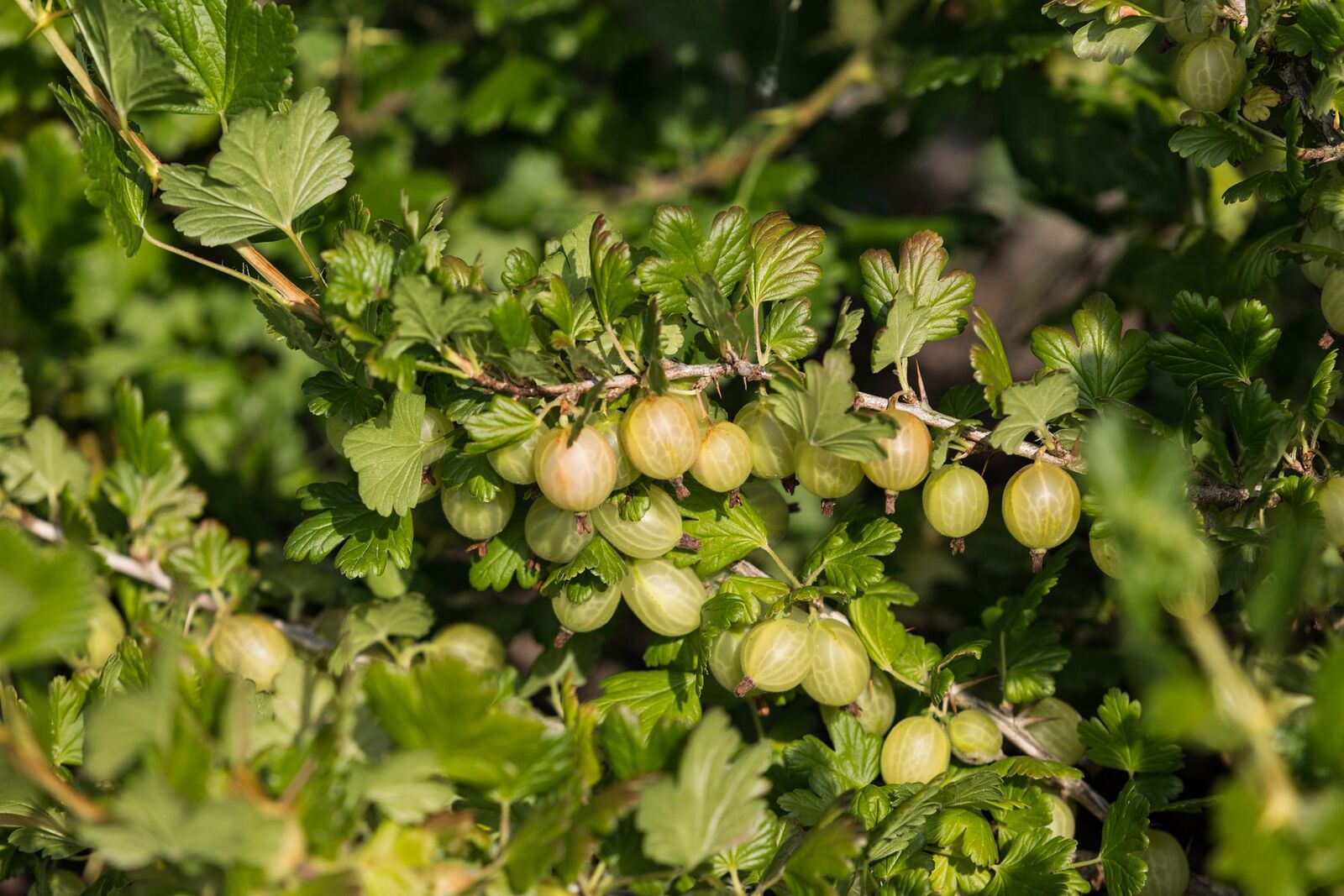

Any Further Questions?
To exchange ideas with other gardeners and benefit from the experiences of others, you can visit our Fryd community. Surely someone already has experience in pruning gooseberries and can give you tips.
Join Community NowPruning Shrubs in the Fall?
Whether you carry out the annual pruning of your gooseberries in summer/autumn after the harvest or in late winter is up to you. Pruning in summer and autumn after the harvest has the advantage that you can see more quickly which branches are too dense. By winter, however, the shrub will have lost its leaves and you may find it easier to manage, especially if your shrub is already a little older and quite dense. The thorny branches of the gooseberry may be a little more comfortable. It is therefore best to wear gloves when pruning gooseberries.
Summer Pruning of Gosseberries
The main pruning of gooseberries takes place in summer/autumn after the harvest or in late winter (February). In spring or early summer between May and June before harvesting, you can only carry out further pruning if necessary. You can remove overhanging, diseased, broken, flat shoots to ensure better exposure of the fruit and increased bud formation. You will also make harvesting easier if your branches have enough space between them.
Tip: If you want to radically prune your gooseberry bush to rejuvenate it, you should wait until late fall or winter. Insects and animals sometimes use the bushes as shelter and the Federal Nature Conservation Act prohibits radical pruning between March and October.
Pruning Gooseberries: From Gooseberry Tree to Shrub

While gooseberries usually grow as a bush in a bed, there are also space-saving varieties for patios and balconies that grow as small trees or columns. You can find out how to prune the different gooseberry shapes in the next sections.
Pruning Gooseberry Bushes
Pruning gooseberry bushes stimulates growth, yield and fruit quality as it gives the plant more vigor. You should therefore prune your gooseberry bush every year after the harvest or in late winter. Cut the shoots back to the base so that no stubs remain. Diseases quickly occur at these points. Alternatively, you can leave about 5 cm of the shoot with a few eyes if you want to stimulate the formation of new shoots on this branch.
You can find out which and how many shoots you should cut off below:
- Shoots that are too close to the ground should be removed. If the gooseberry fruits form on them, they will lie on the ground and your berries will quickly become moldy and no longer edible.
- Old shoots that are 4 years old or older usually only produce a small harvest. You should therefore cut these shoots back to the point of attachment. You can recognize them by the fact that their wood is already quite dark, they are heavily branched and only produce small side shoots. If there are one to three-year-old shoots on this branch, cut the shoot back to this point.
- In addition to old shoots, you should also remove dead wood on the shrub to give the bush some air.
- You should definitely leaveone to three-year-old side shoots, as they will bear the most fruit in the coming year. However, if there are a lot of one-year-old side shoots, you can cut them back to around 3 - 8, depending on the size and age of your bush.
- You should also leave new and well-developed shoots from the previous year, as they will provide your harvest in the coming years and replace the older shoots. However, if there are too many, cut them back to 3 - 8.
- In general, you can shorten shoots by about a third, especially if they become too long or grow too dense. Weak shoots are shortened by about half. Pruning is particularly important in the first two to three years to promote the growth of the shrub.

Whether you leave a few more or fewer shoots is up to you and also depends on the space available to the bush. Just 6 shoots are enough for a gooseberry bush to produce a good harvest. There should be at least 10 cm/4 in of space between the main shoots and other branches. In addition, the branches should not overlap.
Tip: When pruning, it is important to ensure a balance between new shoots and shoots that are one to three years old. If no new shoots have grown back, you should cut back 1 - 3 older shoots to approx. 5 cm/2 in so that a few eyes or buds remain from which new shoots can grow next year.
Gooseberry: Pruning the standard stem
Like gooseberry bushes, gooseberry trees that have been trained as standard trees should be pruned every year, preferably in winter. This keeps your standard tree in a beautiful shape and produces its berries well. Pruning involves cutting off about half of the branches that are hanging down heavily. As with the gooseberry bush, branches that are too close together or overlap are also cut off, especially shoots that grow inwards. You should also cut off old branches that are more than 4 years old and on which no new shoots are growing. For a good yield, you should keep around 3 - 5 new shoots and an equal number of two to three-year-old shoots.
Pruning gooseberry columns
As with standard gooseberries, the aim of pruning columnar gooseberries is to maintain their shape. All branches that protrude strongly from the columnar fruit are cut off. Ground shoots are also cut off as they compete with the columnar trunk. Young shoots from the previous year are also left here as long as there are no more than 3 - 6. Older shoots are cut back to 2 - 3 eyes.
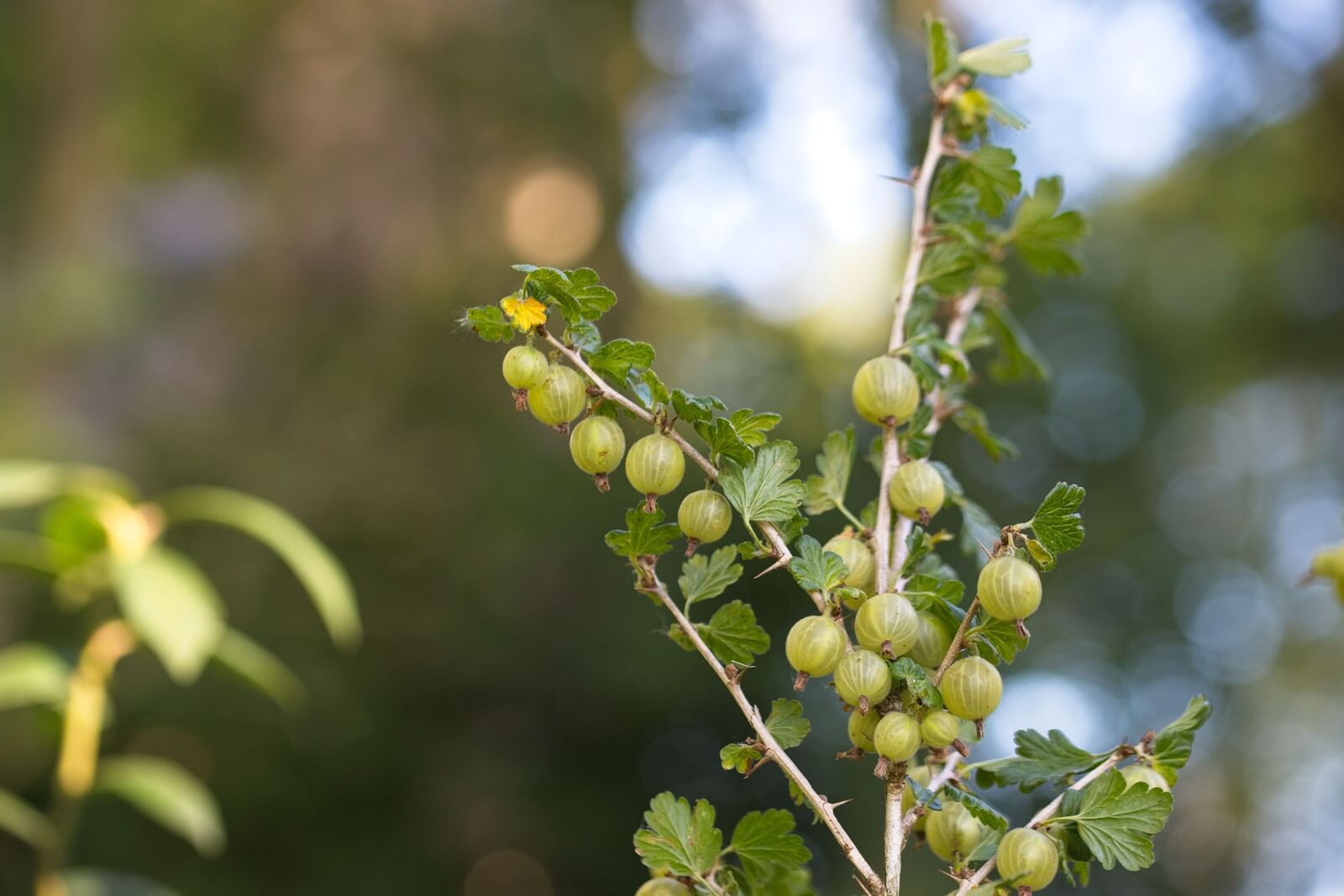
Gooseberry Propagation by Gooseberry Cuttings & Offshoots
You can also easily propagate your gooseberries by cutting them. To do this, take one-year-old shoots that you have cut off and place them in potting compost or directly in your garden. These should be approx. 20 to 30 cm/7.9 to 11.8 in long. About 3 - 4 eyes of the shoot should be above the soil. Water the shoots a little. They should then be watered regularly so that they grow quickly. You can find out the difference between propagation in winter and summer and between cuttings and cuttings below:
- Propagation in winter: Gooseberries are most commonly propagated by cuttings. After leaf fall, cut off one-year-old, woody shoots about 20 - 30 cm/7.9 to 11.8 in long. Make the cut at an angle below one eye. Now insert the cuttings directly into your garden soil and water well. Over the winter during dormancy, the sapling can now form its first roots and anchor itself in the soil. In spring, the cutting should then sprout again and form new leaves.
- Propagation in summer: In contrast to cuttings, cuttings are planted in the ground with leaves. Otherwise, cut the shoot from the plant as you would for cutting propagation. Choose a semi-lignified shoot for this, the shoot tips are best.
- After the new shoots appear in spring, you can prune the young plant a little. This stimulates branched growth.
Pruning Fruit Bushes & Avoiding Diseases on Gooseberries
As well as providing additional strength for the growth of the shrub, pruning also helps to keep diseases at bay. Thinning out the shrub by pruning ensures better air circulation, which makes it more difficult for fungal diseases.
However, when pruning, you should make sure that the blade of your shears is sharp and clean. This ensures clean and smooth cuts that heal faster and therefore offer less risk of diseaseor pest infestation.
In addition to annual pruning, pruning is also important if your plant becomes diseased. You can recognize American gooseberry mildew by white-grey spots on leaves, berries and the tips of shoots. These affected shoots should be cut back before winter in the summer after harvest or in the fall. Otherwise they offer the spores an opportunity to overwinter. If you discover brownish-grey shoots, cut them back to the point of attachment in spring .
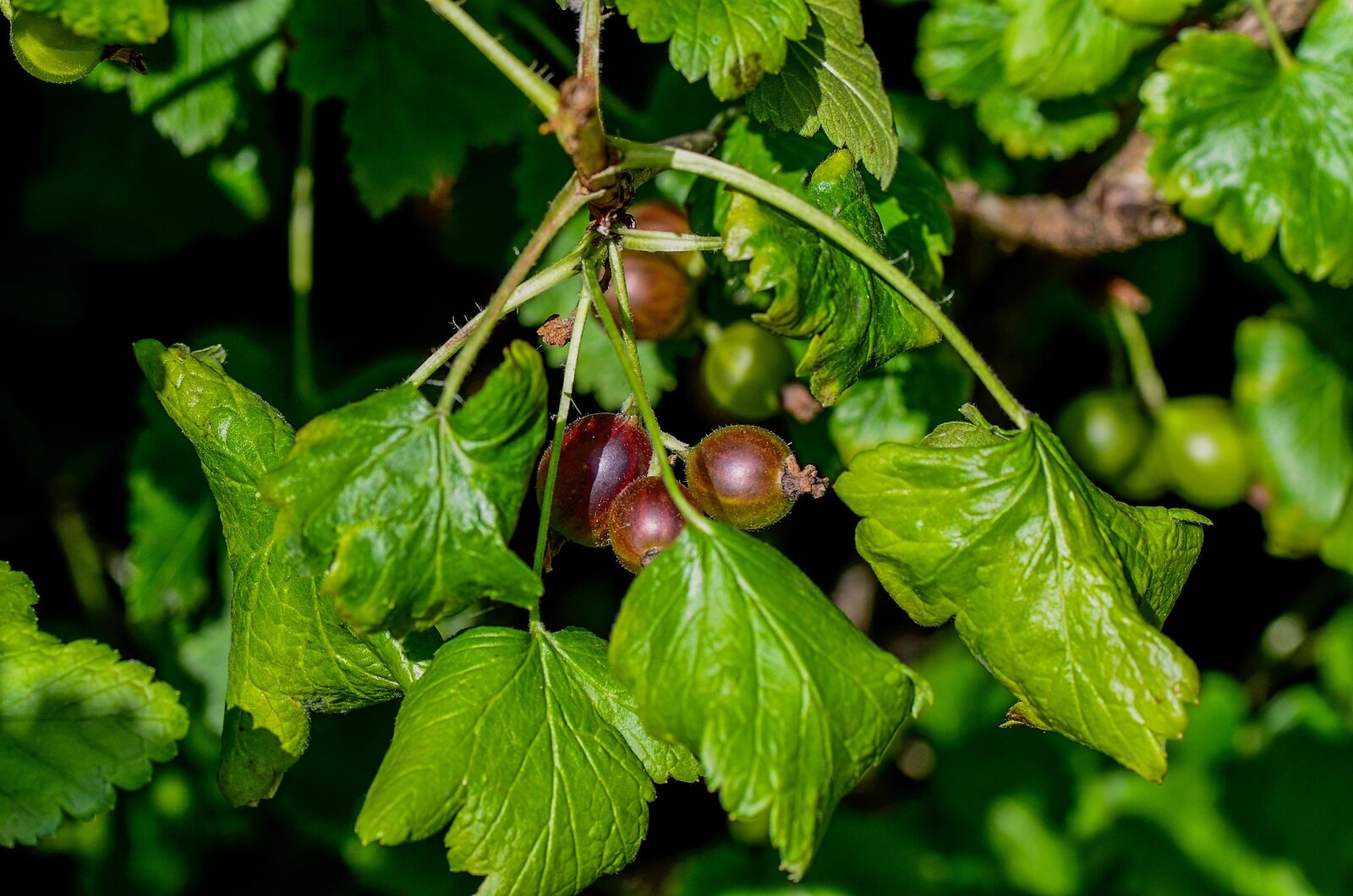
If you have any questions or comments, please write to us at [email protected]. Would you like to receive helpful gardening tips all year round and plan your own beds optimally? Then register here or download the Fryd app for Android or iOS.
Fryd - your digital bed planner
Cover picture by GLady on Pixabay.

Marielena
Marielena studies agricultural and environmental sciences. She gardens at home and at an allotment and likes to try out new things.
Learn MoreCurrent Topics in the Community
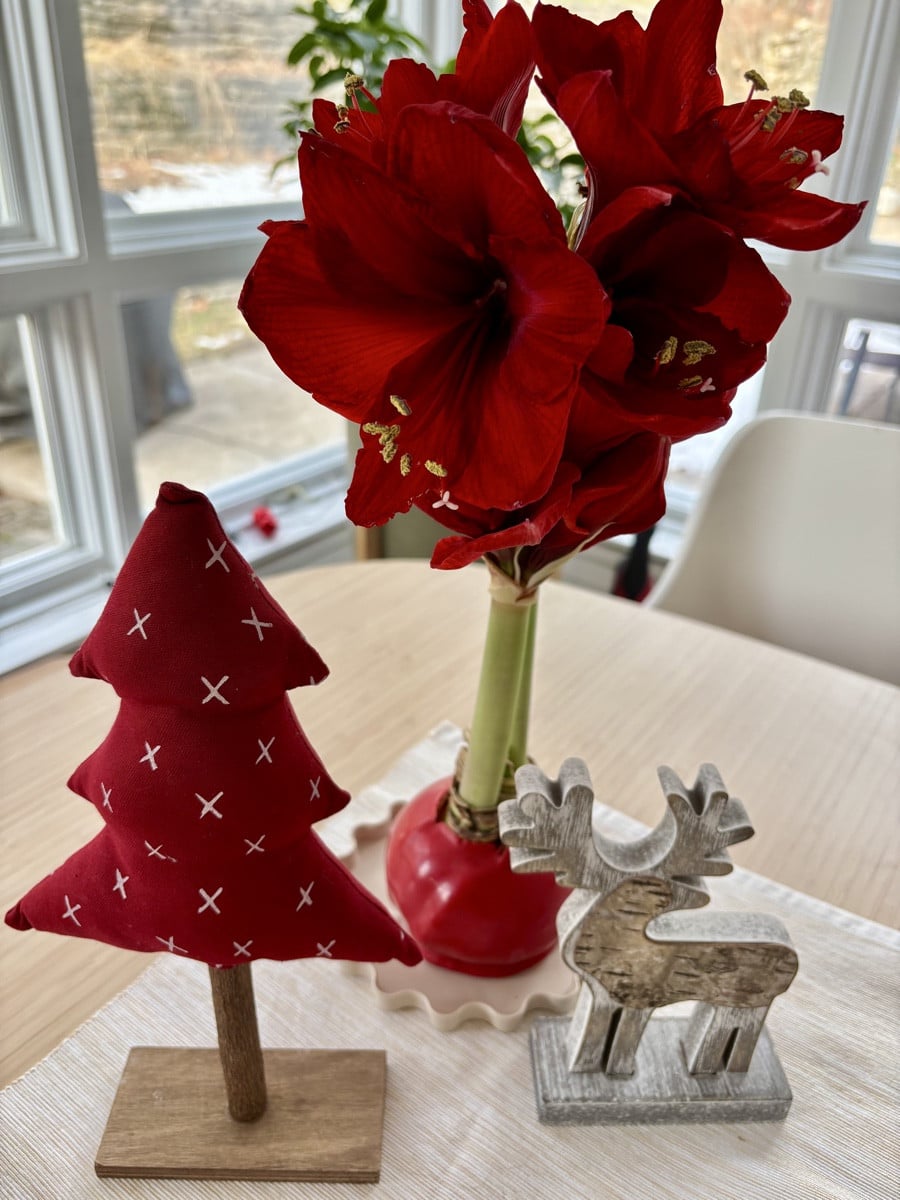
Liked 3 times
Have a relaxing and happy festive season! Looking forward to the upcoming gardening season here in the community 😊⭐️🎄✨
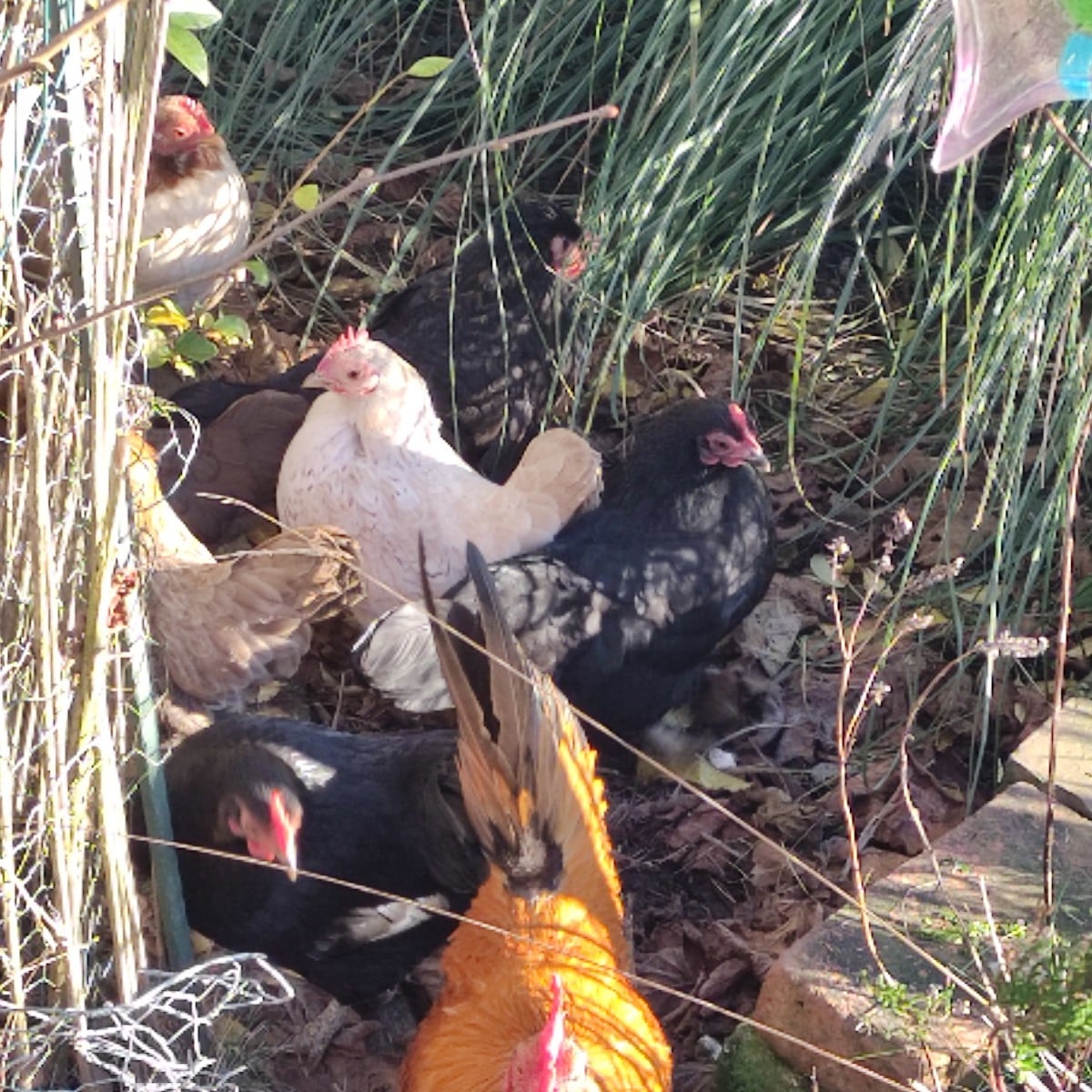
Liked 3 times
The chickens are not happy about the cold weather.
Show 1 answer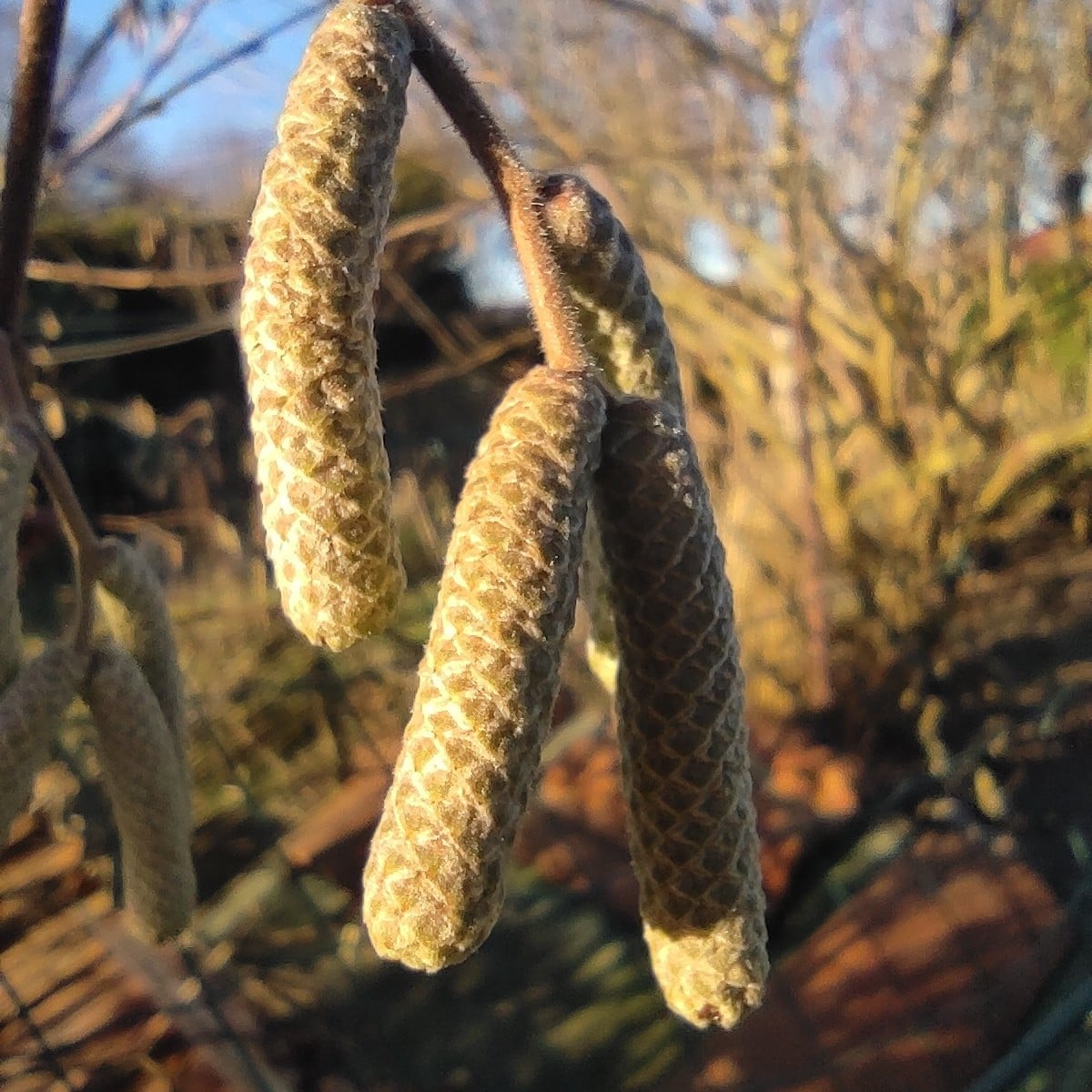
Liked 1 times
Without words
Show 1 answerPopular Articles

Overwintering Parsley: How to Do It Successfully

How to Grow Lettuce in Winter: Varieties, Sowing, Harvesting

Growing Sage Plant: Tips for Sowing and Harvesting

What Herbs Can Be Planted Together?

Create & Design a Permaculture Garden

Overwintering Plants: Tubs, Pots and Raised Beds

Pruning, Fertilizing & Propagating Currants: Care Tips

Pruning Raspberries: How to Do It

Vegetable Garden With Greenhouse: How to Use Greenhouse Effect

Winterizing Beds and the Garden: How to Do It
FAQ
How do you prune gooseberries?
Remove shoots that are too close to the ground or are 4 years old or older. Leave only 3 - 8 one to three-year-old side shoots and the same number of new, young shoots. Shorten these shoots by only a third.
Generally, gooseberries are pruned after harvesting in summer/autumn or in late winter until the end of February (before new buds and branches form).
When to prune a gooseberry standard?
A gooseberry standard is best pruned in late winter (February), but you can also prune it in summer after the harvest.
Why do you prune gooseberries?
Gooseberries are pruned so that they have enough strength to grow, produce a good harvest and remain healthy. They only produce a high yield on the one to three-year-old shoots.